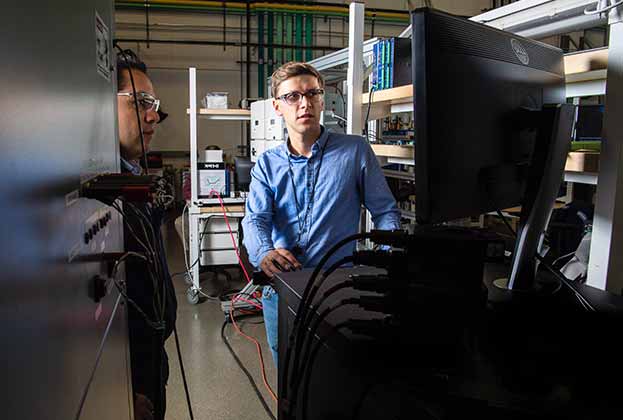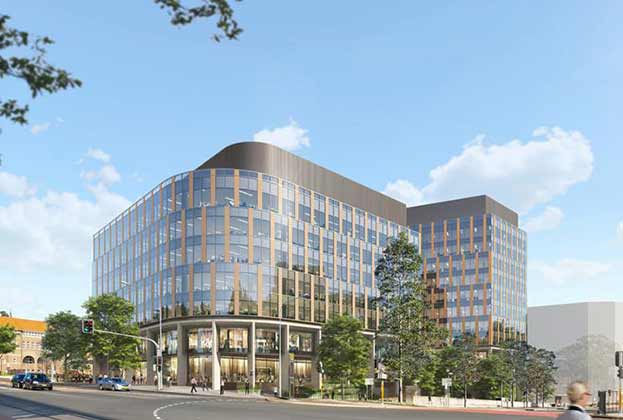Increasing demand for laboratory space in some key markets, where supply is limited, will see prime located retail offer exceptional opportunities for repurposing to laboratories
Even before the global pandemic, the level of investor and developer interest in the life science commercial property sector has increased dramatically. The scale of capital raised via private equity, venture capital and Initial Public Offerings (IPO) has reached a staggering £1.9 trillion in the past five years alone.
Now, with demand for lab space growing from both new and existing life science firms, the problem the UK faces is a significant lack of supply, but could vacant retail units provide an answer?
Currently, in the UK, the key life science hotspots remain Oxford, Cambridge and London. While the former are constrained by their historic nature and the size and strength of competing uses, in London the quantum of commercially-let laboratory floor space is still relatively small for a city of its size and reputation.
What’s more, with a fierce war for talent location matters more than ever when it comes to attracting and retaining scientists.
Consequently, occupiers, landlords and developers have had to find creative solutions, office to lab conversions being one of them. However, not all buildings are viable, and it can be a complex undertaking. In comparison, vacant retail units and department stores offer a relatively large amount of space in prominent, often city-centre locations ripe for repurposing.
Around 100 units amounting to as much as 1.8 million sq ft that could be suitable in London alone
Matthew Soules, Director, Building and Project Consultancy
The generous floor-to-ceiling height provides the opportunity to accommodate the necessary air handling plant needed to service laboratory space. Also, existing features such as goods/service lifts can be kept and utilised by occupiers. With this in mind, Savills has identified around 100 units amounting to as much as 1.8 million sq ft that could be suitable in London alone.
This possibility has been bolstered further still by new planning regulations, which mean that planning permission is no longer required for the conversion of commercial property to Class E uses. This includes retail to laboratory space.
It is not just London that can benefit from this, in fact, there are already examples in Oxford where serious consideration is being given to using high street retail space in this way. The very nature of the retail market, with its good visibility in high footfall areas means there is the possibility of greater transparency and wider community engagement.
This solution isn’t a catch-all and won’t be appropriate for all life science occupiers, but it does present a real opportunity for both investors and developers who are eager to capitalise on the burgeoning growth of the sector. Having had an incredibly hard time, particularly over 2020, this may just be the key to injecting new life into some of our high streets.
* department stores, shopping centres, retail warehouses, high street.
Read the articles within Spotlight: Life Sciences – Trends & Outlook below.
.jpg)


.jpg)

.jpg)
